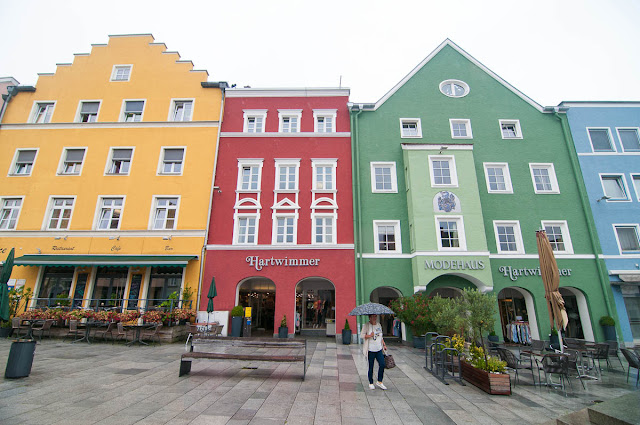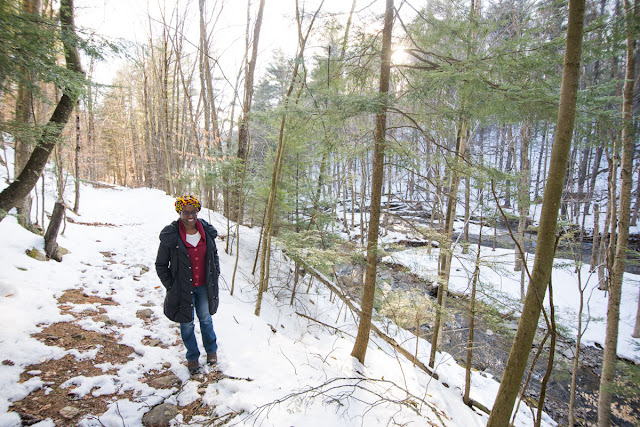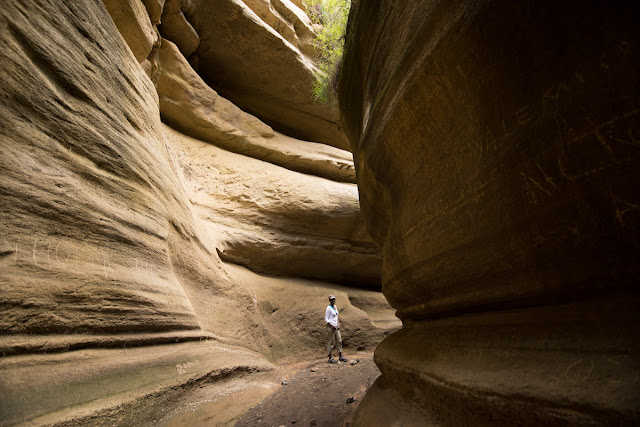Italy: The Pantheon, and Homemade Italian Food
Amidst the cramped streets is this gem of a building. And it encapsulates well why Rome is such a great experience. We always learn about how Rome was a world power, and especially from a Biblical standpoint. Sometimes it's hard to grasp what really this means. But for me, this building, the Pantheon, gives an idea of what kind of building a world power builds at its zenith.
First we had to find the place - enter the trusty Freddy/Luke combo. Not only did they show us the way there, they showed us where to get marochinni - a shot of espresso in a little cup prepared with melted chocolate, a drink so delicious that I am surprised it's not outlawed.
Then our usual long walk through the ancient, photogenic, and always interesting streets.
And finally we pop out into this square, with this impressive building. It's not just another old building, it is an exceptionally old building. It was initially built in 27 B.C.E. by Marcus Agrippa, who was a statesman and architect responsible for a lot of building and improvements to the infrastructure of Rome. The original building was destroyed, and Emperor Hadrian built a new one around 126 C.E.
However, when Hadrian rebuilt it, he kept the inscription on the facade: "Marcus Agrippa, son of Lucius, Consul for the third time, built this." He built it as a temple to pagan gods, hence the name 'Pantheon'.
The pillars that make up the entry way of the building were constructed of granite. They were quarried in....Egypt. They are 11m tall and weight 60 tonnes each. It was quite a task moving them 100km from the quarry to the Nile, then on to barges to get to the Mediterranean, transferred on to a ship, then back to a barge and up the Tiber, and another 700m to the site of the Pantheon. That is the kind of stuff you do when you are a world empire.
The inside of this building is no less impressive. It has a massive cast concrete roof. This is such a stupendous feat of engineering that it boggles the mind - and it is still standing after 1,800 years. How did they achieve this? It is thicker at the base (6m) and gets thinner as it moves towards the top (1.2m). The rocks mixed in the concrete also change as they get higher, using pumice and tufa (both very light rocks) towards the top. The pattern that appears decorative also reduces weight and increases strength. Until today, this is the largest unreinforced concrete dome in the world.
After being awed by the Pantheon, we ran across town to an appointment I was really looking forward to - we had been invited for supper by our friend Antonella and her mum. So had to make haste and find our way there....with only a few brief stops to take pictures!
Antonella, we must mention, soon after this moved to Malawi to serve where the need is great along with Luke and Tiffany. Not only were they amazing tour guides, hosts and cooks, but they have a special place in our hearts forever for their spiritual outlook.
We sadly part ways with Rome (for now!) and leave you with this story about the Pantheon. In 609 C.E., Pope Boniface IV changed the pagan Pantheon into a Church. It was given the name 'Church of the Santa Maria Rotunda' and the pagan idols were replaced with images of Mary and other Saints. And that is why now, this building is technically a church.















